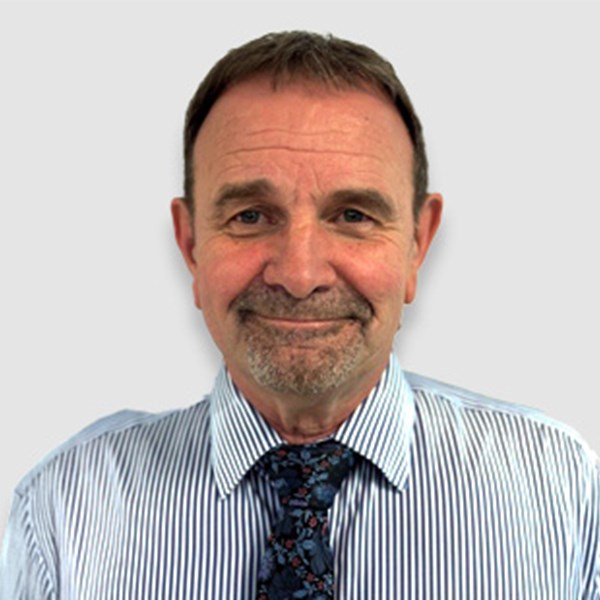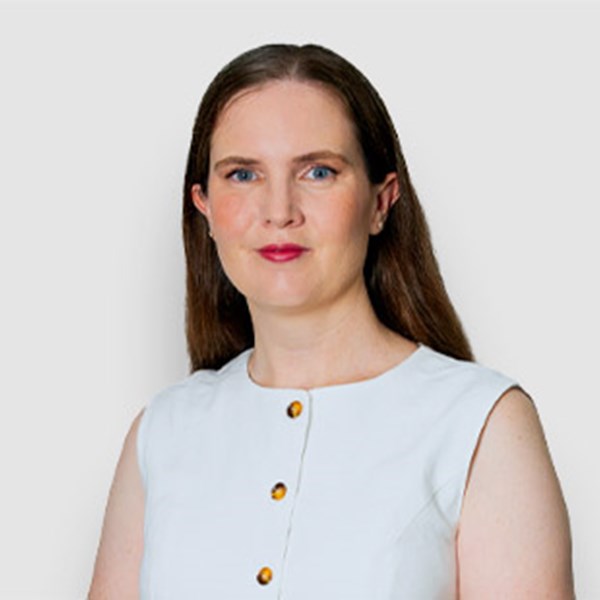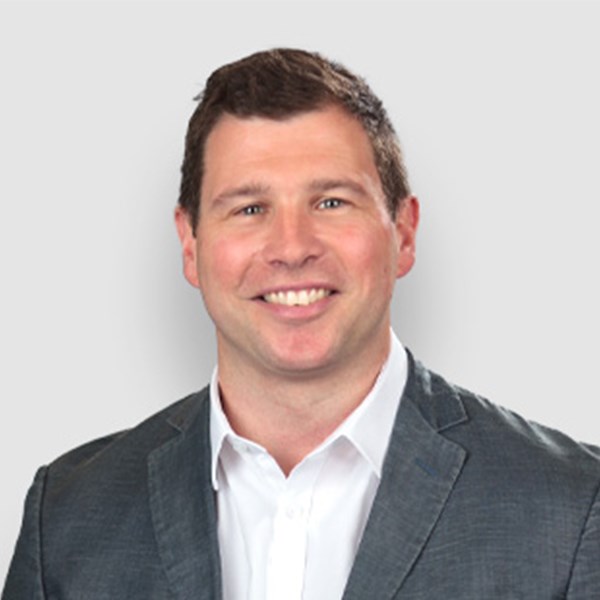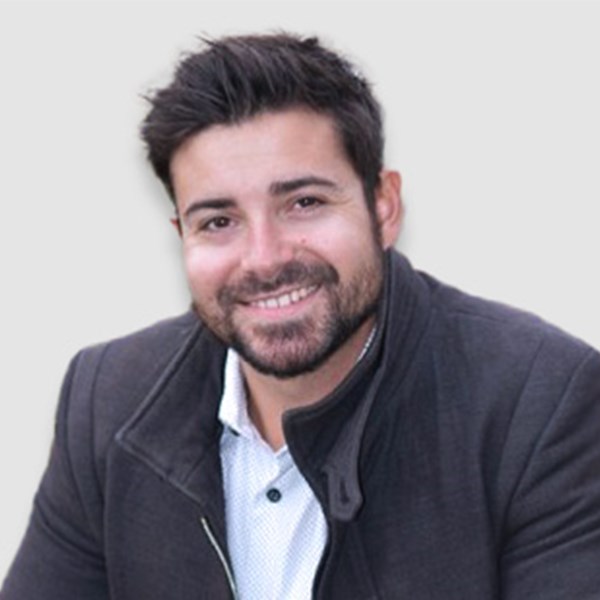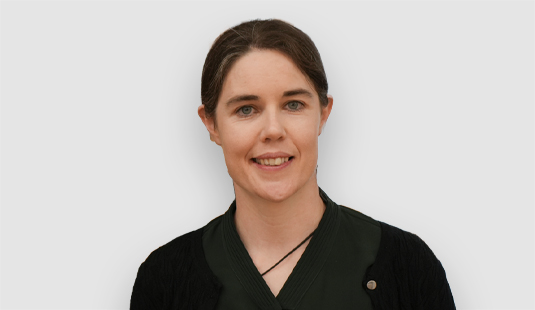Why I joined BMT
When I think back to when I first joined BMT, the decision was always about the role. I knew straight off I wanted to do more in Computational Fluid Dynamics (CFD). During my PhD, I particularly enjoyed the problem-solving and the visualisation side of it, and I knew it was an area I wanted to keep working in. BMT offered me the chance to do exactly that, and more importantly, it felt like the kind of place where I could see myself growing as an engineer.
So the role brought me here, but the environment and people made me stay.
How my role has grown
When I joined, I worked mainly in the Oil & Gas and Civil Construction industries. A lot of the work involved using CFD to assess aspects such as gas dispersion, explosions, consequence design criteria, wind environment for buildings, and turbulence, downdraft and safety criteria for helidecks on offshore platforms. That was my world for the first five years – aerodynamics and structures.
But then my role shifted. About six years ago, I moved across into the defence side of the business and started focusing on hydrodynamics. Suddenly, I was modelling the flow around ship hulls, again looking at helicopter platform turbulence but this time on ships, and tackling the big, complex problems which comes with naval applications. It was a real evolution – from aerodynamics into hydrodynamics, and from commercial projects into defence. Now I work on hydrodynamic assessments for both defence and commercial ships.
My role has also grown technically. I’ve become the technical lead for certain areas, especially in R&D. I’ve honed my skills in scripting, geometry, meshing, and client communication. And I’ve learned how to run projects from start to finish – not necessarily leading a big team, but leading technically, which is just as challenging and rewarding.
I’ve also been mentoring younger engineers. That’s something I never thought I’d be doing when I first walked through the door, but it’s part of how my role has expanded. You grow without even realising you’re growing sometimes.
A standout project
The project which stands out most in my career so far is probably the Fleet Solid Support (FSS) project. It was a huge and complex undertaking, and it mattered because it was directly about safety.
My part of the project focused on the safety conditions for the crew from exhaust gases. Understanding how gases from the exhaust stacks can travel under different wind conditions - whether they would linger in areas where crew worked or even get drawn into the ventilation system of where they slept. Looking at different gas constituents, hundreds of external ventilation units in an endless combination of conditions - it was a big undertaking.
I also looked at helicopter operations, assessing how turbulence and the exhaust gases might affect the safety of landings on the flight deck. We provided metrics to help decision-makers understand the conditions they were likely to face and the probability of difficulty associated with those landing conditions.
That work directly impacted the people onboard. It wasn’t abstract CFD, it was about the crews air quality, mental health and the ability to land a helicopter safely. When you know your work has a real effect on crew safety, that’s meaningful.
"Another highlight was contributing to an international research project on full-scale CFD. We worked with dozens of other organisations, testing against historic data from the Lucy Ashton. To know that our results were in the top tier globally, and then to present that work at Marine 2025 in Edinburgh, was hugely rewarding."
What makes BMT different
For me, what makes BMT different is the people. When I joined, the learning curve was steep, but my colleagues didn’t let me climb it alone. I can still remember working until 9pm or 10pm on projects, and others staying with me – not because it was their job, but because they wanted to help. That kind of teamwork is rare, and it stuck with me.
Even now, though working styles have changed with more remote working, I’d say the kindness of colleagues is still what sets BMT apart. People look out for each other. There’s a real team focus and an awareness of wellbeing.
On top of that, BMT has always given me autonomy and space to grow. I’ve been supported technically and personally - with training, opportunities, and trust. My line manager has backed me, even when decisions didn’t quite land. That kind of empowerment makes a huge difference.
I’ve been here around 12 years, and I still feel like I’m learning. Right now, I’m putting together an R&D proposal on AI and machine learning, and how we can embed that in our projects. I like that I’m not just standing still, that I’m still stretching myself technically.
And honestly? I love what I do. That’s the main reason I stay.
Final Thoughts
Looking back, joining BMT was the right call. It wasn’t just about finding a job - it was about finding a place where I could grow, contribute, and be part of projects that matter. From aerodynamics to hydrodynamics, from oil and gas to defence, my journey here has been full of change - but always grounded in problem-solving, teamwork, and the belief that engineering makes a difference.
